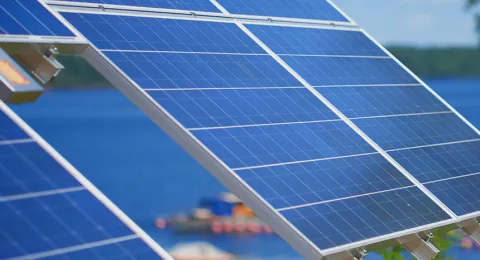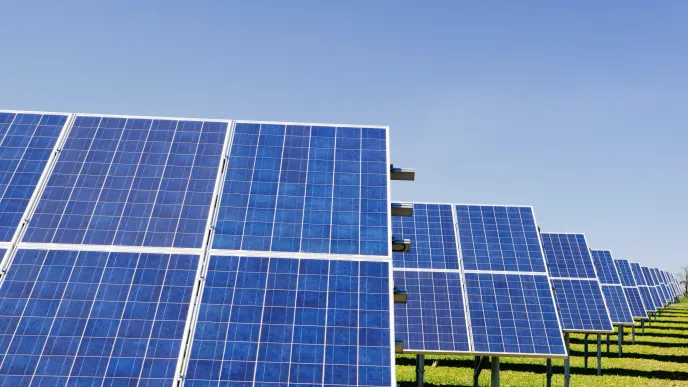Solar photovoltaic technology has undergone dramatic development over the past decade. This has made the technology to be cheaper than assumed in the models that the United Nations Intergovernmental Panel on Climate Change (IPCC) uses for its 2050 scenarios.
A team of international researchers has published an article in the prestigious scientific journal Joule confirming that the role of solar photovoltaic installations in future sustainable energy systems should be significantly upgraded. The team was led by Aarhus University, and consisted of researchers and experts form the US, Japan, and Europe, including LUT University.
"There is good reason to believe that the rapid cost development of solar photovoltaic technology will continue. Intensive research is conducted into the technology itself, its integration into energy systems, as well as its synergy with other industries", says Assistant Professor Marta Victoria from the Department of Mechanical and Production Engineering, Aarhus University.
Victoria, the leading author of the article, continues that innovative technologies that could further boost this development are on the way.
"We're looking at a future where energy from solar photovoltaics is even cheaper than today. This fact doesn't harmonise with the models behind political decisions about energy investments."
Climate reports underestimate solar photovoltaic installations
The article examines why the integrated assessment models and partial equilibrium models used by the IPCC to form the basis for climate reports typically underestimate the role of solar photovoltaic installations in the energy systems of the future.
Two main reasons have been identified: The estimated cost of electricity from solar photovoltaics is set too high, and the models are too conservative in relation to the share of direct and indirect use of renewable electricity possible in an energy system.
"Results in most of the models used by the IPCC are based on investment cost assumptions for solar photovoltaics in the year 2050 of more than $ 1000 per installed kilowatt. However, today's large-scale photovoltaics power plants are already substantially lower in cost and the costs continue to decline," says Christian Breyer, professor for Solar Economy at LUT University and co-author of the article.
Power-to-X solutions are highly promising
These strongly outdated cost assumptions lead to severe distortions in results, as a lack of low-cost solar electricity induces more use of higher cost, non-renewable electricity. This also reduces the overall electrification of the energy system, as indirect electrification solutions utilising Power-to-X processes are not found.
"The highly promising Power-to-X solutions have not yet been enabled to a large extent in the models used by the IPCC", says Breyer. LUT University is conducting extensive research in Power-to-X technologies, concepts and the emerging ecosystem.
According to the researchers, these limitations mean that when the IPCC looks into future energy systems based on its current models, solar photovoltaic technology does not look as desirable as it actually is.
"The IPCC emphasises other energy sources and technologies and underestimates the contribution from solar photovoltaics. This is clearly wrong. Instead, the IPCC should send a clear signal that solar technology has matured, and that it should play a larger role in the future. Stronger focus in this area is crucial because it means we can convert to a climate-neutral energy supply long before 2050," Victoria concludes.
More information:

Marta Victoria
Assistant Professor
Aarhus University
mvp@mpe.au.dk




